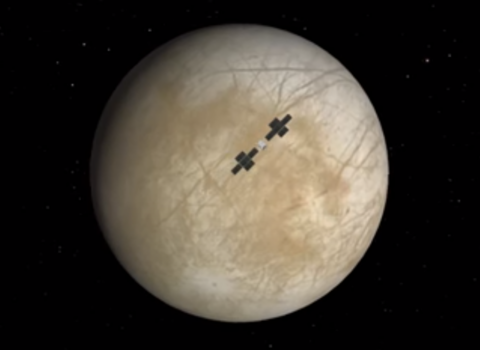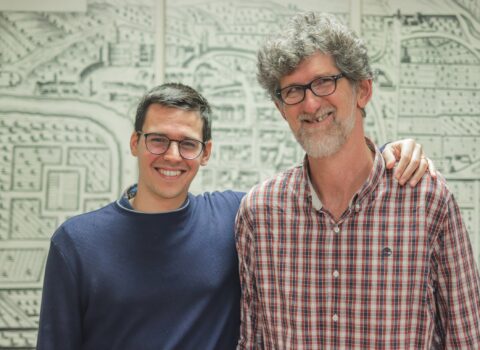
Excellence in research: featuring the scientific achievements of 13 FBK scholars
Among the most cited researchers in the world (Top 2%) for their publications in science-technology are FBK scholars Binosi, Bovolo, Cimatti, Dapor, Dragoni, Ghulinyan, Magnini, Massa, Perini, Pistore, Remondino, Stock and Strapparava. The analysis, published in Elsevier Data Repository, is based on Scopus data updated to 2022
The data updated in October 2023 on scientific authors with standardized citation indicators record performance relative to 2022 and change the rankings based on historical data, i.e., those that take into account all scientific production from the beginning of the career until the last survey.
As many as 13 Fondazione Bruno Kessler researchers rank in the top 2% worldwide. They are (filtered by name) Daniele Binosi, Francesca Bovolo, Alessandro Cimatti, Maurizio Dapor, Mauro Dragoni, Mher Ghulinyan, Bernardo Magnini, Paolo Massa, Anna Perini, Marco Pistore, Fabio Remondino, Oliviero Stock and Carlo Strapparava. Historical data also includes David Stoppa (in FBK/ITC-IRST from 2002 to 2019). Compared to a similar survey three years ago, their number has doubled. Full data are available online, licensed under CC BY NC 3.0
The author of the computations, published by Elsevier Data Repository (V6, doi: 10.17632/btchxktzyw.6) is John P. A. Ioannidis, Professor of Medicine/Health Research & Policy/Biomedical Data Science/Statistics at Stanford University. The analysis was done through the Scopus international scientific research database.
In terms of field of study, researchers were classified into 22 fields and 174 scientific subfields.
The h-index is an author-level metric based on the set of the scientist’s most cited papers and the number of citations that they have received in other publications.
The c-score focuses on impact (citations) rather than productivity (number of publications) and also integrates information on co-authorship and author position (single, first, last author).
Selection is based on the top 100,000 scientists by c-score (with and without self-citations) or a percentile of 2% or higher in their own subfield.
The analysis was performed by considering only three fields of scientific research for each researcher. These fields, considered from a global perspective, are sometimes coded in different ways compared to the classification of European university systems. The following tables show some of the data for FBK researchers, filtered by scientific productivity (total number of cited papers).

SOURCE: Ioannidis, John P.A. (2023), October 2023 data-update for “Updated science-wide author databases of standardized citation indicators,” Elsevier Data Repository, V6, doi: 10.17632/btchxktzyw.6
UPDATE (11 December 2023): in the 1st release of this article, DANIELE BINOSI and MAURIZIO DAPOR, researchers at the Bruno Kessler Foundation’s European Center for Theoretical Studies in Nuclear Physics and Related Areas (ECT*), were not included because no reference to FBK appeared in the database. Here follows their numbers.





